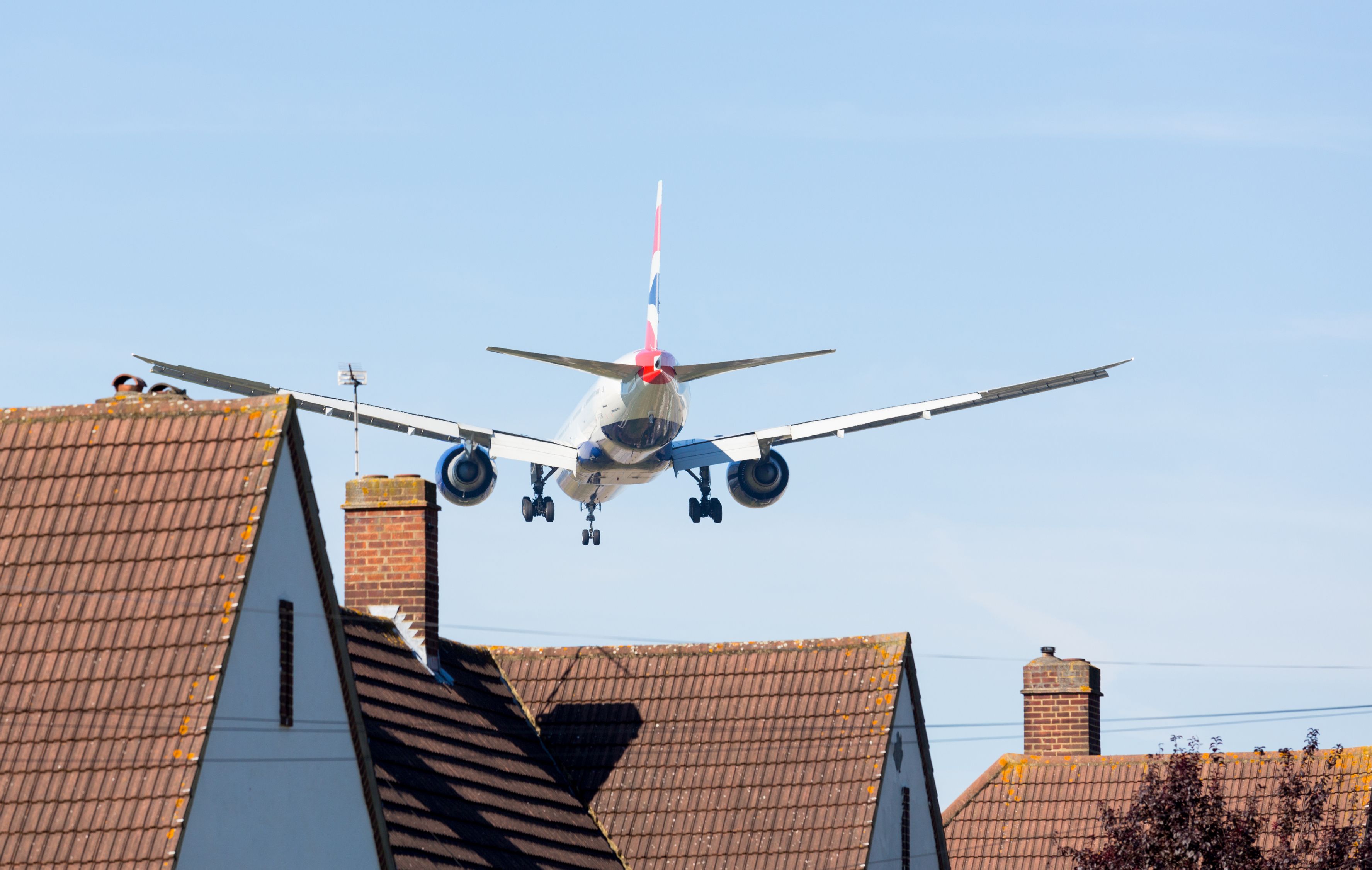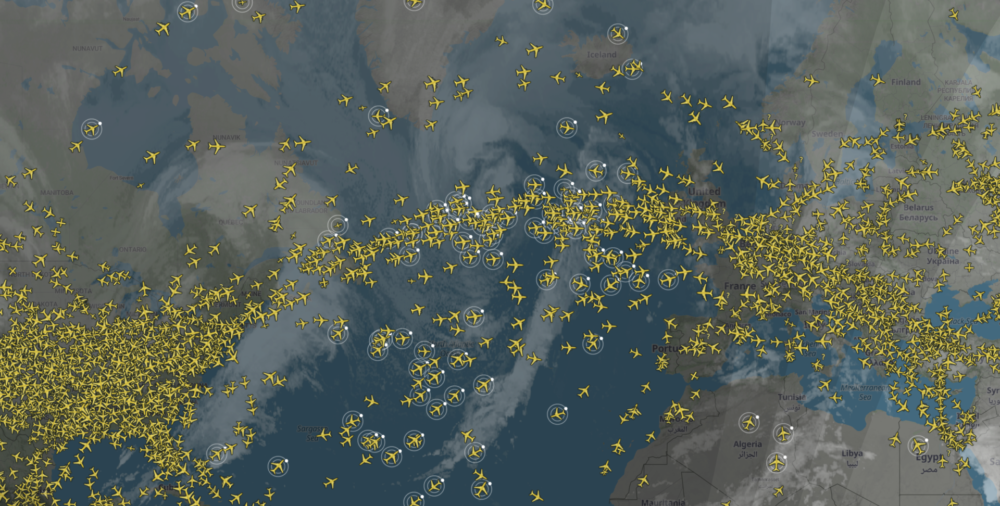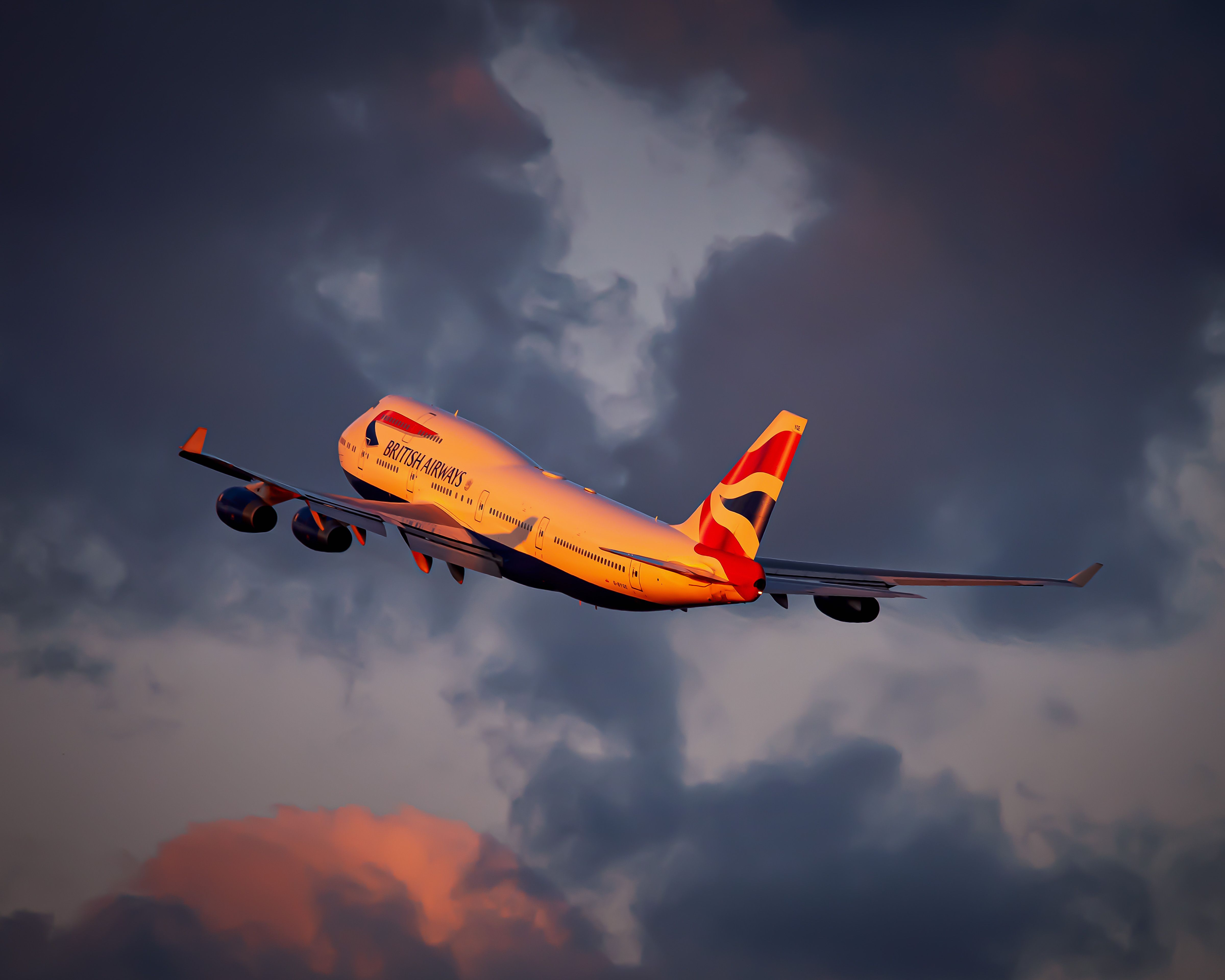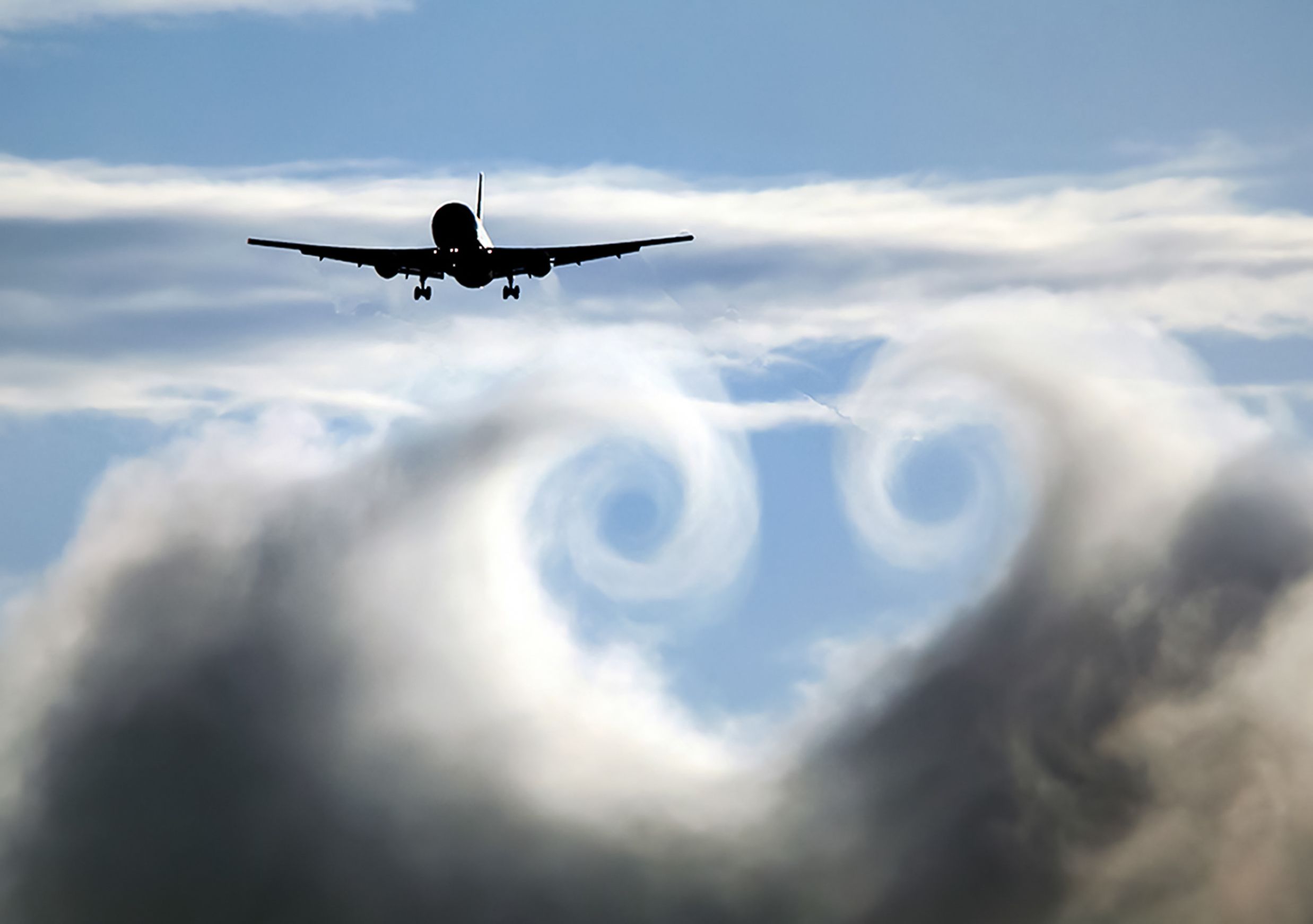When booking a trip, have you ever looked at the details of your flight and noticed the difference in flight times depending on the direction of travel? Have you ever wondered why this is the case? Indeed, it's more than just distance that affects your flight time. The main reason for the difference in travel duration is related to what is known as jetstreams.
Let's take a closer look at how these phenomena arise and why they are responsible for you spending more hours in your seat when traveling from London to New York than vice versa.
It's faster to fly east (usually)
Flying from London to New York typically takes aircraft just over eight hours. Meanwhile, the flight from New York to London will take around seven hours. A non-transatlantic example might be a flight between Amsterdam and Singapore. A flight east will take nearly 13 hours, while flying west towards Europe will take nearly 15 hours.
A medium latitude journey such as from Dubai to São Paulo will have similar results - just over 14 hours flying west and a little over 15 hours flying east.
This difference in flight duration is noticeable in the Southern Hemisphere too. A flight east from Johannesburg to Sydney will take just under 12 hours, while flying from Sydney to Johannesburg will take closer to 14 hours. Typically, the longer your trip, the more of a difference you will see between travel directions.
So what's the reason for this general discrepancy?
Riding (or fighting) jetstreams
As previously mentioned, the primary reason for the difference in travel times with flight direction is due to the jet stream. This is a high-altitude wind that blows from the west to the east across the planet. Airplanes will come into the jet stream at around 30,000 feet and then travel with (or against) these winds, hence the shorter or longer flight times.
Imagine yourself cycling into the wind on any blustery autumn day vs. having the wind in your back, and you get a general idea of the impact. Then imagine the wind is traveling at speeds of 275 mph (442 km/h). Of course, a Boeing 777 is also not your average 7-speed.
These currents are formed by atmospheric heating from the sun's radiation and the earth's Coriolis force (defined as a rotating object with a force perpendicular to the rotation axis).
Prominent jet streams include the polar stream and subtropical streams, located at 60° and 30° north and south of the equator. The polar stream is more substantial, causing much faster winds than subtropical streams. Indeed, airlines on transatlantic and transpacific routes typically use the polar stream while planning flight paths.
Get the latest aviation news straight to your inbox: Sign up for our newsletters today.
Jet streams accelerated by storms
In February 2020, a British Airways Boeing 747 set a transatlantic speed record flying east from New York to London in less than five hours. On this particular occasion, an intense weather system known as Storm Ciara was making its way toward the UK.
This storm had an effect on winds at higher altitudes, supercharging the jet stream and sending aircraft towards the British Isles at speeds touching more than 800 miles per hour (nearly 1,300 kilometers per hour). Thanks to this particularly strong jetstream, flight BA112 shaved 80 minutes off its scheduled arrival time.
While particularly slow flights never really make the news, we are reasonably confident that aircraft flying west during that period had some extra time in the air due to some strong headwinds!
Wind shear in jet stream growing in strength as planet heats up
However, strong winds are not only beneficial for those hoping to arrive early or annoying for those heading in the opposite direction. As climate change continues to intensify, so does wind shear within the jet stream. This, in turn, will lead to much more frequent and intense turbulence.
According to Professor Paul Williams, Professor of Atmospheric Science at Reading University,
"We have a lot of evidence that the jet stream is now 15% more strongly sheared since satellites began measuring it in the 1970s. And this is what causes a lot of turbulence, especially clear air turbulence. And the satellites show that it has become 15% stronger since the 1970s; that's a massive shift. And we understand why it's happening in terms of the physical mechanisms behind it. Our calculations indicate there is going to be twice or three times as much severe turbulence in the next few decades because of climate change."
Have you made a note of the longer flight time in one direction? Which route do you travel on where it is most pronounced? Let us know in the comments.




